Take over the open web with Display Advertising
Strike the perfect balance of reach, awareness, engagement and performance with the versatile nature of display ads
What is Display Advertising?
Display ads combine copy, visual elements, and a call-to-action, delivered online through ad placements across the open web.
This allows brands to showcase their products and engage with their audience in a highly scalable way. While many still associate display advertising with traditional banner ads, it’s important to recognise that this channel has evolved significantly. Display advertising now offers a versatile range of formats and targeting capabilities, supporting diverse campaign goals from building brand awareness, driving website traffic, to generating direct purchases.
Display Banner ads
Banner ads typically refer to graphic ads positioned at the top, bottom, or sides of webpages or within apps. These ads can be static (JPG or PNG), offering easy creation and quick loading, or animated (GIF or HTML5), which use motion to capture attention more effectively. Animated banners often help communicate a product’s unique positioning, leading to higher engagement rates.
Rich Media Display Ads
Rich Media Display ads typically use HTML5 technology to incorporate advanced features like video, audio, and other interactive elements that boost engagement. While banner ads can utilise rich media, this format unlocks a variety of high-impact placements:
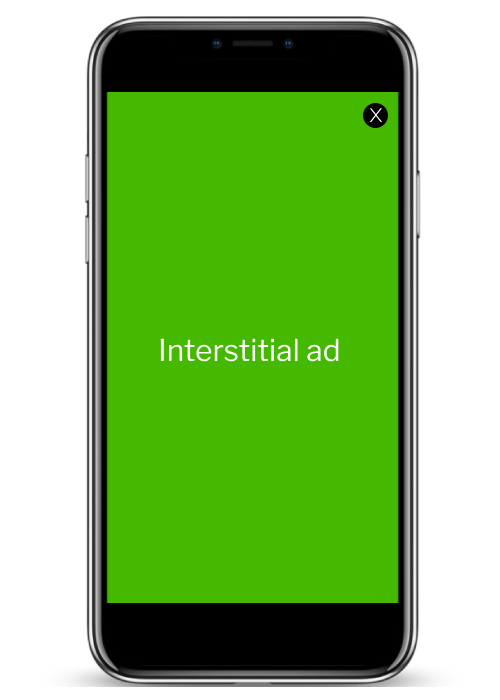
Interstitial ads
Full-screen ads that take over an app or website during natural transition points or breaks.
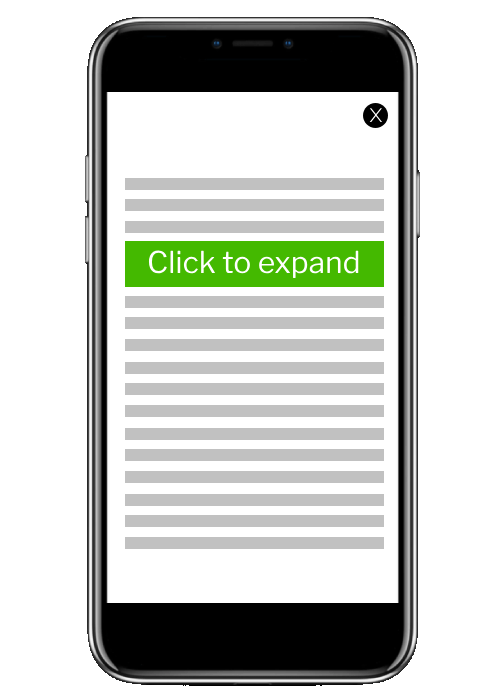
Expandable ads
Ads with an initial, contained size that expand beyond the placement when clicked.
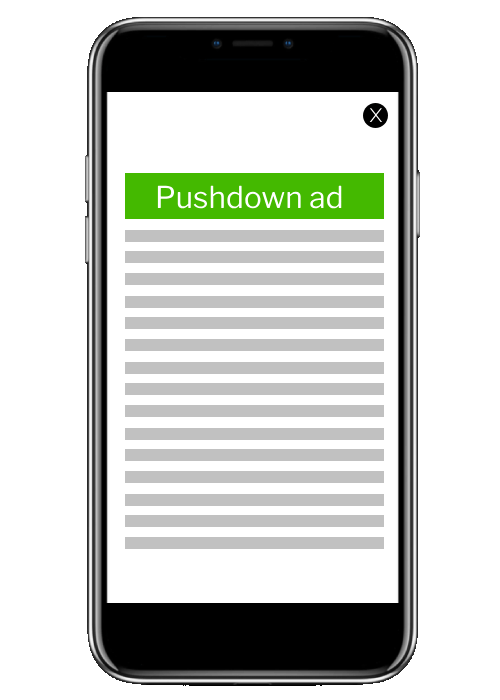
Pushdown ads
Ads that push down webpage content as they expand; these are limited to browsers and aren’t available in mobile apps.
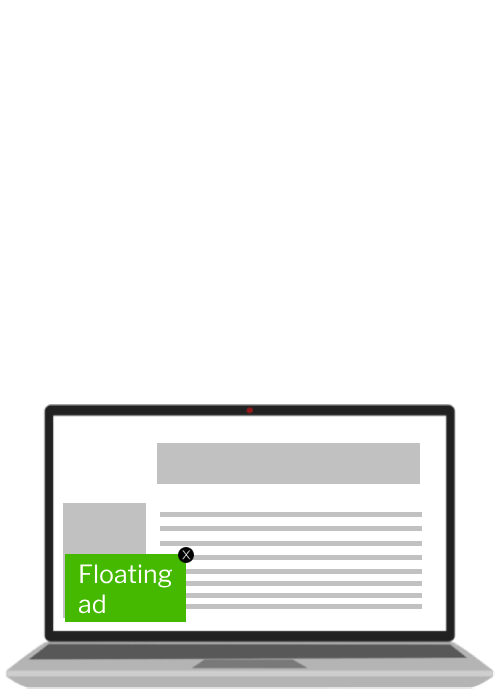
Floating ads
Fixed ads that cover a small portion of the screen for up to 30 seconds.
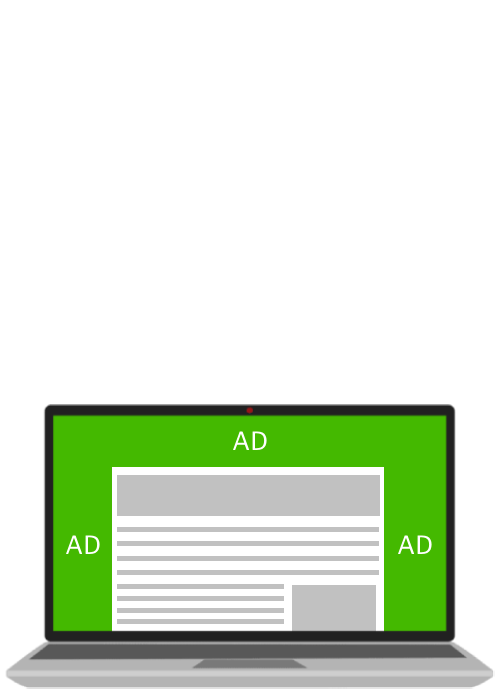
High Impact Ads
A full-screen type of ads that frames the page content through a header, footer and sticky side skins.
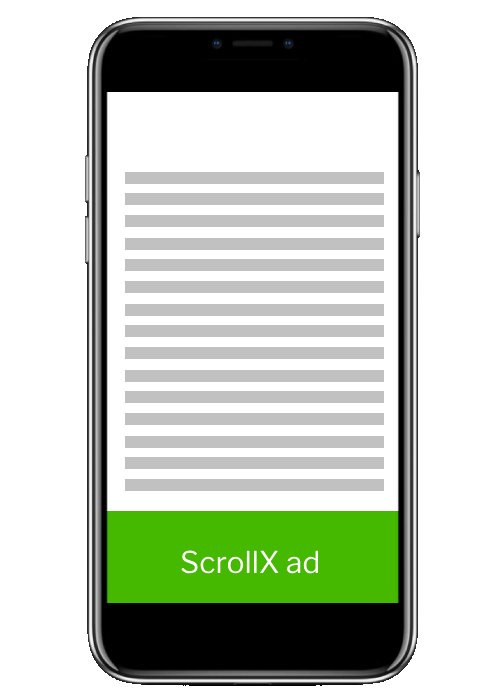
ScrollX ads
Edge-to-edge ads placed in the background, gradually appearing and disappearing as users scroll

In-game ads
Ads shown during gameplay, including static banners, videos, or audio.

Video Ads
Combining motion and sound, video ads can also appear within display placements. For more details, refer to our video advertising section.
Dynamic Creative Optimisation (DCO)
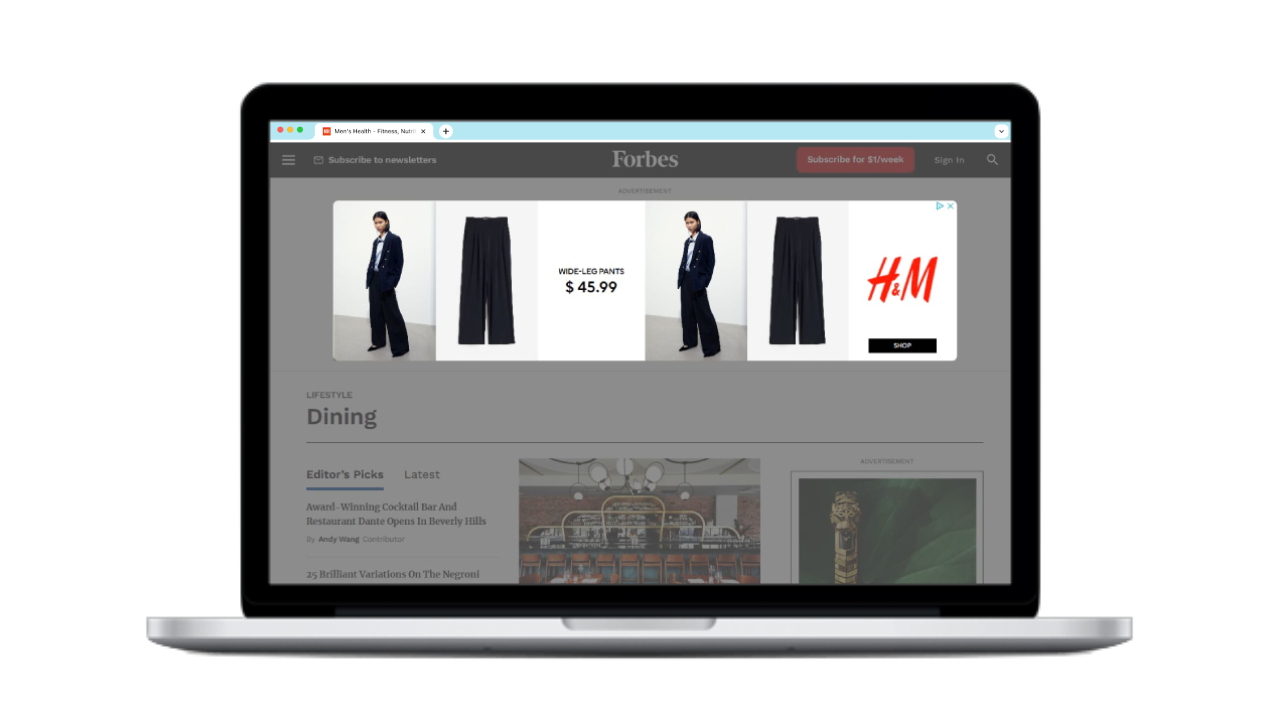
Dynamic Creative Optimisation (DCO) enables highly scalable, personalised advertising by enhancing display ads with data to create highly relevant dynamic ads.
In traditional campaigns, the number of creatives can be limited due to the high costs of production and the challenge of managing multiple versions, which can dilute budgets and hinder effective optimisation. With DCO, a single ad layout can support numerous variations and combinations of elements—such as copy, products, colors, offers and calls-to-action—allowing for seamless adaptability.
Beyond creative variations, DCO leverages display advertising’s advanced targeting capabilities, such as proximity to specific locations (e.g., the nearest retail outlet), past browsing behavior (e.g., products viewed or likely purchases), time of day, weather forecast etc
DCO requires an initial setup to ensure that data sources and ad tags are configured correctly for relevant ad delivery. This setup pays off, often resulting in strong and sustained campaign performance.
Social Display
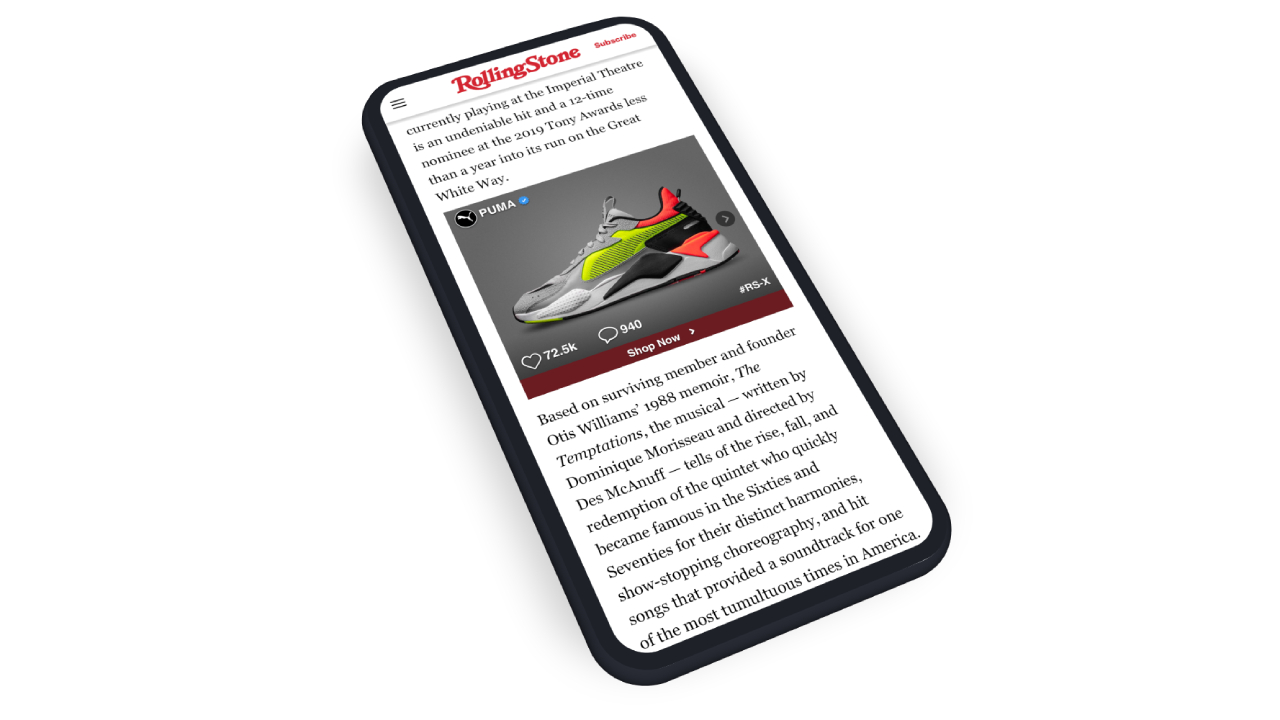
Social Display, as the name implies, combines Social Media and Display Advertising by placing social ads (such as those from Facebook, Instagram, or TikTok) within display placements across the web. Audiences accustomed to interacting with social media posts tend to engage similarly with Social Display ads, often resulting in higher click-through rates (CTR) than traditional display banners. This approach adds valuable engagement to campaigns while leveraging the broad reach of display advertising. To further enhance brand recall and recognition, it’s recommended to replicate top-performing social media ads within Social Display.
How to use Display Advertising in a media campaign?
Display advertising stands out as a versatile channel, offering a wide variety of formats along with extensive scale and targeting capabilities.
Depending on campaign objectives, display advertising can be a powerful channel to explore. For optimal effectiveness, it’s essential to align audience targeting, creative types, and ad environments with your specific goals.
A key distinction in display advertising lies in the buying approach. Traditionally, purchasing ad space required individual negotiations with publishers for specific impressions. However, with the advent of programmatic media-buying, the display landscape has transformed. Now, advertisers can reach audiences across the open web, beyond select publishers, and optimise campaigns for metrics deeper than impressions—such as click-through rates, time spent on site, and even purchases.
Additionally, when purchased programmatically, Display advertising can leverage first, second, or third-party data for enhanced targeting.
Brand-safety tools have also advanced, ensuring that ads appear only in suitable environments, favourably positioned for brand perception, and in full view of audiences.
Direct ad space bookings with publishers still hold value, particularly for mass-awareness efforts like website takeovers.
A well-designed, comprehensive display strategy is an essential component of any media campaign.
Case Study
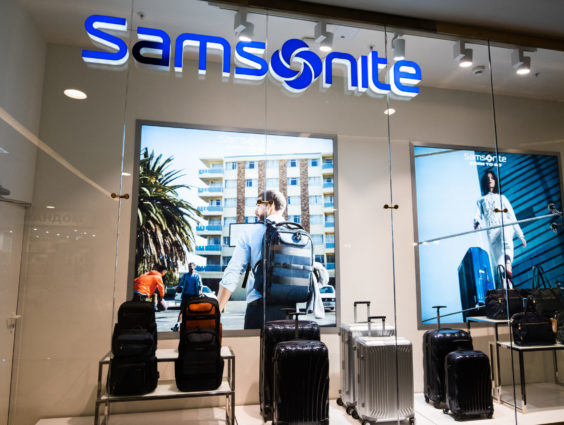
Samsonite’s luggage flew out of stores
World’s best-known travel luggage company, Samsonite, crafted a display advertising campaign via Bench Media in order to lift their online sales activity.
The campaign focussed on leveraging travel intender data such as targeting recent flight searchers as well as those who made a booking within the next 12 months.
The campaign was a roaring success, with a cost-per-sale coming 337% lower that anticipated, driving strong ROI for Samsonite.
READ MORE
Frequently asked questions
Book your free
30-minute strategy session
30-minute strategy session



